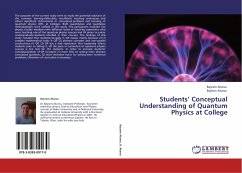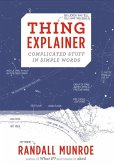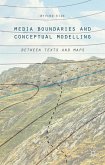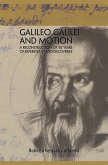The purposes of the current study were to study the potential solutions of the common learning difficulties, insufficient teaching techniques and others significant instructional or conceptual problems and learning of quantum physics (QP), at Colleges. Both quantitative and qualitative methodologies were utilized in this study. The participants included five physics faculty members with different levels of teaching experience who were teaching one of the quantum physics courses and 43 senior or junior undergraduate students enrolled in their courses. The findings of this study revealed that students struggle in QP classes mainly because of (1) complex mathematical tools in QP, (2) abstract concepts and non-parallel construction of QP, (3) QP has a bad reputation that negatively affects students prior to taking it, (4) the pace in curriculum of quantum physics courses is too fast for the students. In order to increase students conceptualization of QP concepts: (1) more time on solving more abstract conceptual questions, (2) more recitation hours for solving more numerical problems, (3)revision of curriculum is necessary.
Bitte wählen Sie Ihr Anliegen aus.
Rechnungen
Retourenschein anfordern
Bestellstatus
Storno








